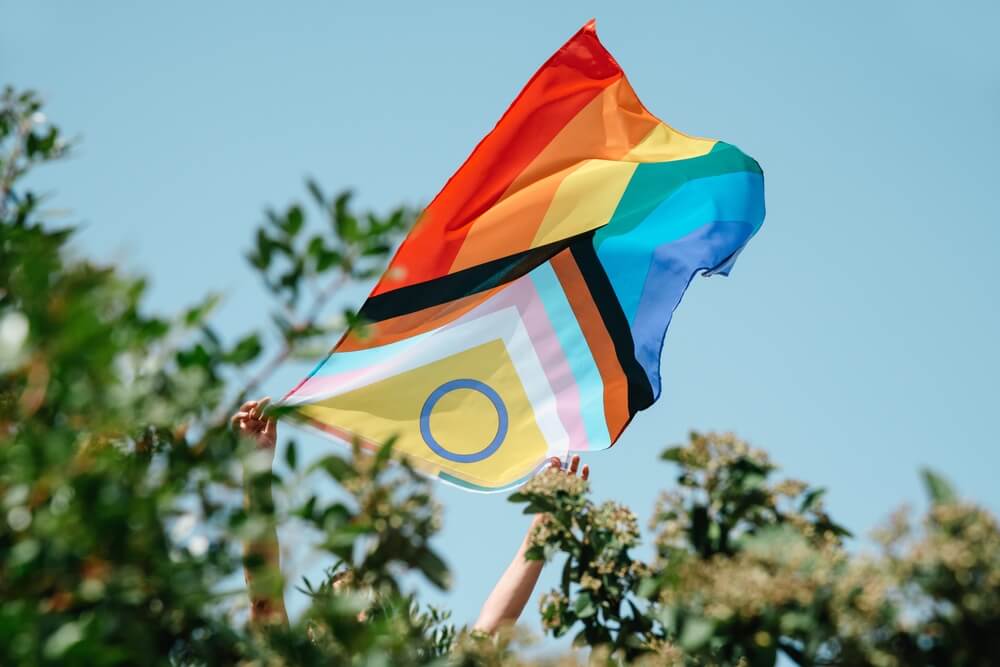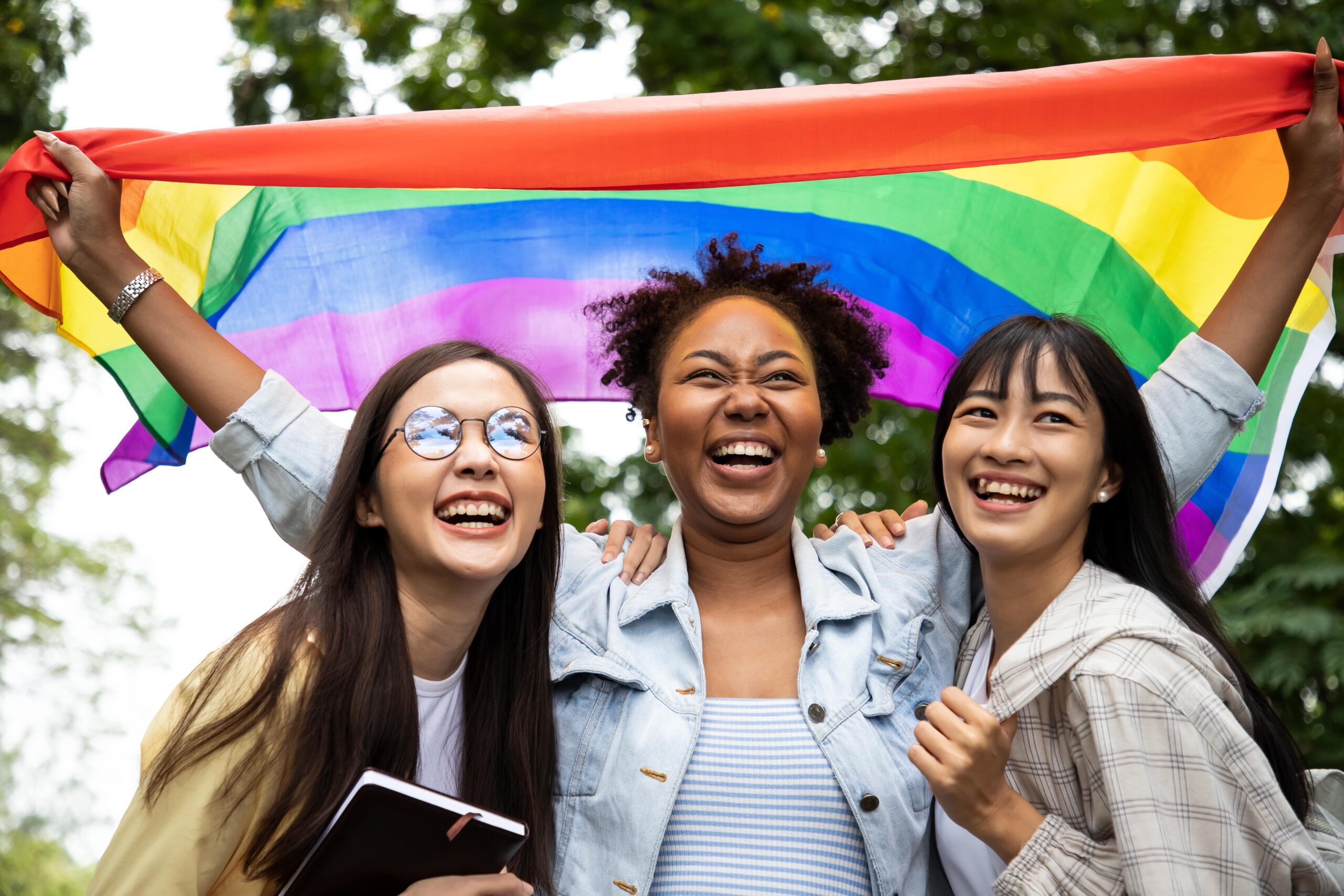
PRIDE 365: Focusing on the Movement, not Just a Moment.
As I was making plans for this year’s Pride Month a friend shared, “Never have I felt more safe, seen, and accepted than I have at a Pride event.”
I wholeheartedly echo this sentiment. The absolute joy of being in a space and showing up with 100% authenticity is miraculous. It continues to amaze me that a community that continuously has been targeted with hate, chooses to spread love, joy, and inclusivity.
The LGTBQ+ community continues to be under attack. It is important to understand why we celebrate PRIDE and how we can use our voices to be advocates and allies for our LGBTQ+ friends, loved ones, and neighbors.
Why We Celebrate Pride
I wrote this on the anniversary of the Stonewall Riot. A reminder that now just as ever allies and advocates of the LGBTQ+ community must raise our voices and protect LGBTQ+ rights. In 2023 to date, 520 anti-LGBTQ+ bills have been introduced, 220 of which specifically target transgender and non-binary people. Startlingly, a record of 70 of those introduced laws have been enacted. We have seen bans on gender-affirming care for transgendered youth, laws censoring school curriculum, laws targeting drag performance, and many others (hrc.org).
Celebrations with a Cause
2023 was my first ever Philly Pride march experience. The Philadelphia Pride Celebration on June 4th was a party in the streets. Over 40,000 folks came out to celebrate with music, dancing, and so many wonderful community resources.
While Philadelphia’s Pride was a party in the streets, Lancaster’s Pride Celebration was held at the Lancaster County Convention Center. The space was filled with behavioral health providers, vendors of many kinds, community health connections, and entertainment throughout. A mark of any good Pride event is great music and, always, dancing.
I look forward to celebrating more this year with the following events:
- New Cumberland’s “Cute lil Pride Picnic” on July 22.
- Central Pennsylvania’s Pride celebration in Harrisburg PA on July 29.
This year’s Pride events were shrouded by urgency and the ominous presence of the current climate. Our LGTBQ+ community continues to struggle with a higher prevalence of substance use disorders, behavioral health concerns, suicide, and housing barriers.
Behavioral Health and Substance Use Support
Statistics show that the LGBTQ+ community consistently sees barriers to behavioral health and SUD treatment. There is still stigma and bias within the treatment space. Many people who identify as part of the LGBTQ+ community report traumatizing treatment experiences. This has created a hesitation to seek treatment, find a therapist, and be open.
Research from the Trevor Project shows that 60% of LGBTQ youth who wanted mental health care in the past year were not able to receive it.
Suicide risk rates remain high in the LGBTQ+ community. These rates vary widely based on the way LGTBQ folks are treated.
- 41% of LGBTQ young people seriously considered attempting suicide in the past year—and young people who are transgender, nonbinary, and/or people of color reported higher rates than their peers.
- 56% of LGBTQ young people who wanted mental health care in the past year were not able to get it.
- Transgender and nonbinary young people who reported that all of the people they live with respect their pronouns reported lower rates of attempting suicide.
- LGBTQ young people are not inherently prone to suicide risk because of their sexual orientation or gender identity but rather placed at higher risk because of how they are mistreated and stigmatized in society.
- 67% of LGBTQ young people reported experiencing symptoms of anxiety.
- 54% of LGBTQ young people reported experiencing symptoms of depression.
- 60% of LGBTQ young people reported that they have felt discriminated against in the past year due to their sexual orientation or gender identity.
We know that supporting and affirming LGBTQI+ youth are the best actions mental health providers, families, friends, school personnel, and community leaders can take. Strong evidence shows that family acceptance helps protect against depression, suicidal behavior, and substance use as well as promote self-esteem, social support, and overall health experience for LGBT youth. We also know that family rejection can lead to significant inequities in LGBT youth behavioral health.
Accessing Treatment
I couldn’t be more proud to work for an agency that has created an LGBTQ+ affirming program and strives to work with other affirming providers in the behavioral health and SUD treatment space to ensure ongoing and continuous care planning for our patients.
As a provider, it is essential that we consistently work to provide the absolute gold standard of care. A key part of this work is constantly listening, learning, and being open to see what we can be doing better by hearing patient feedback.




